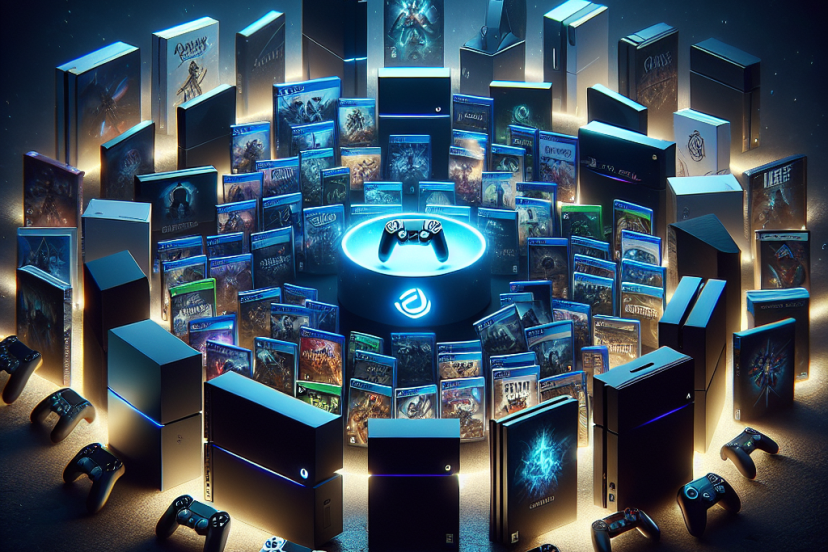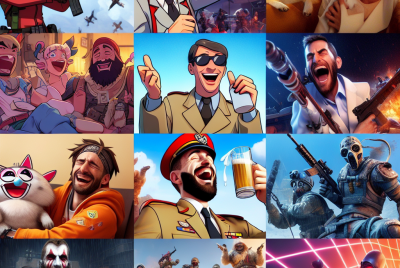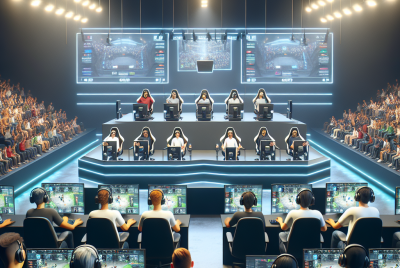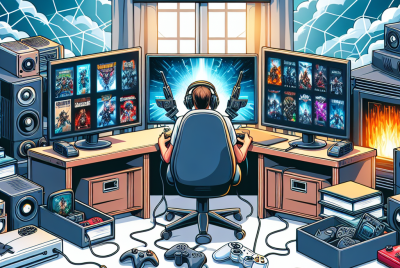The Social Aspect of Gaming: From Local Play to Global Communities
The Social Aspect of Gaming: From Local Play to Global Communities
The Evolution of Gaming Communities
Gaming has undergone a transformative evolution over the decades. Initially, the gaming experience was a solitary pursuit or restricted to local environments. Early consoles and arcade games allowed friends to play in the same room, creating a localized social experience. Gamers gathered in living rooms and arcades, where interpersonal communication and camaraderie flourished. Titles like “Pong” and “Pac-Man” sparked initial interactions among players, igniting a sense of competition and shared enjoyment.
As technology advanced, so too did the gaming landscape. The transition from 8-bit graphics to 3D worlds enabled more immersive experiences and complex narratives. Multiplayer options appeared on consoles, allowing multiple players to engage using the same device. Games like “GoldenEye 007” on the Nintendo 64 showcased the fun of local multiplayer with splitscreen functionality, enhancing the social experience within the confines of a room. The excitement of trash-talking, team collaboration, and friendly rivalries laid the groundwork for what would become a booming global gaming community.
The Age of Online Gaming
The advent of the internet revolutionized how gamers connected. No longer confined to a physical space, players could now engage with others worldwide. Online gaming became a massive phenomenon in the late 1990s and early 2000s, with titles like “EverQuest” and “World of Warcraft” leading the charge. These games introduced persistent online worlds where players could interact, collaborate, and compete with thousands, transforming gaming into a worldwide social activity.
Games not only served as entertainment but also as social networks. Players began forming guilds, clans, and online communities that transcended geographical barriers. This sense of belonging fostered connections and friendships, with many players developing lifelong bonds with individuals they had never met in person. The rise of voice chat technologies, such as Discord and Ventrilo, facilitated further communication, enabling players to strategize and socialize in real-time.
The Role of Social Media in Gaming
As online gaming flourished, so did the role of social media platforms. Gamers flocked to platforms such as Facebook, Twitter, and Twitch, creating a synergy between gaming and social interaction. Streamers and content creators emerged as influential figures within the gaming community, showcasing gameplay, offering tips, and creating entertaining content that attracted vast audiences.
Twitch, in particular, became a hub for gamers to interact in real-time. Viewers could chat with streamers and other spectators, fostering an interactive experience that extended beyond mere viewership. High-profile events like the “Twitch Plays Pokémon” phenomenon demonstrated how gaming could merge with social interaction in innovative ways. A single game could house thousands of players participating simultaneously, making decisions and creating a collective narrative.
Social media also provided platforms for players to share their achievements, engage in discussions, and participate in communities centered around specific games or genres. Subreddits dedicated to various games or gaming culture became thriving forums for sharing art, guides, and experiences, uniting players across the globe.
The Rise of eSports and Competitive Gaming
The competitive aspect of gaming has burgeoned into a cultural phenomenon over the last two decades. eSports, or electronic sports, attracts millions of viewers and participants worldwide. Competitive gaming events have established themselves as mainstream entertainment, with titles like “League of Legends,” “Counter-Strike: Global Offensive,” and “Dota 2” drawing massive audiences to live tournaments.
eSports leagues and tournaments have created a sense of community among fans and players alike. Teams, organizations, and fans unite under the banners of their favorite squads, generating a passionate environment. This camaraderie is further fueled by social media, where players and fans can interact, share highlights, and celebrate victories together.
The professionalization of gaming has also led to cultural acceptance, with college scholarships and dedicated training facilities popping up for aspiring gamers. University-sponsored eSports teams bolster community ties, inviting students to participate in organized competitions that provide both social interaction and academic benefits.
The Influence of Game Design on Social Interaction
Game design plays a pivotal role in shaping the social experience. Many developers embed social mechanics into their games, intentionally crafting features that encourage collaboration, communication, and competition among players. Titles like “Overwatch” and “Fortnite” rely on teamwork to succeed, fostering a sense of community as players coordinate their strategies and work together for victory.
Furthermore, the design of social spaces within games, such as “Animal Crossing: New Horizons,” emphasizes connection and interaction among players. Virtual worlds become safe havens for socializing, allowing gamers to visit each other’s islands, share in-game items, and celebrate occasions together.
Games increasingly incorporate features that encourage social interaction, such as leaderboard rankings, achievement-sharing tools, and community events. These elements create a competitive but friendly atmosphere that cultivates engagement and connectivity among players.
The Impact of Cultural and Regional Differences
Gaming transcends cultural barriers, allowing individuals from diverse backgrounds to engage with one another. However, cultural and regional differences can shape gaming experiences and social interactions. For example, Japanese gaming culture emphasizes community-oriented play, often featuring cooperative gameplay and deep narratives that draw players together.
Conversely, Western gaming communities may focus more on competition and individualism, with a greater emphasis on skill mastery. These differences can create unique social dynamics within games and affect the way communities form and interact. Understanding and appreciating these cultural nuances creates richer gaming experiences and fosters global camaraderie.
Localization efforts by developers also play a crucial role in bridging gaps between players. Titles translated and adapted for local audiences cultivate inclusivity and acceptance, ensuring that gamers from various backgrounds can engage with the same content while celebrating their cultural identity.
The Future of Social Gaming
Looking ahead, the future of social gaming appears bright, with continuous technological advancements paving the way for innovative experiences. Virtual reality (VR) and augmented reality (AR) hold the potential to create more immersive social experiences, allowing players to connect in dynamic and interactive virtual environments.
Platforms like Oculus and PlayStation VR are already experimenting with multiplayer VR experiences, where players can meet in a shared virtual space, blurring the lines between physical and digital interactions. As these technologies become more accessible, the potential for global communities to unite around shared gaming experiences will only expand.
The integration of artificial intelligence (AI) in gaming may further enhance social interaction. AI-driven non-player characters (NPCs) could evolve to engage in deeper dialogues and interactions, enriching the social fabric of gaming worlds.
As gaming continues to evolve, its social aspect remains at its core. From local play to global communities, the camaraderie, collaboration, and competition fostered by gaming will shape the future of entertainment, offering endless opportunities for connection and engagement.
In this ever-evolving landscape, community-building will be more vital than ever. As innovations emerge, the gaming world will undoubtedly continue to blend technology and social interaction, creating vibrant ecosystems that thrive on shared experiences and friendships across the globe.




